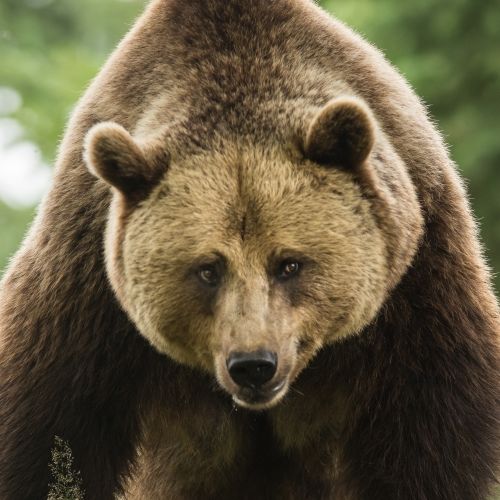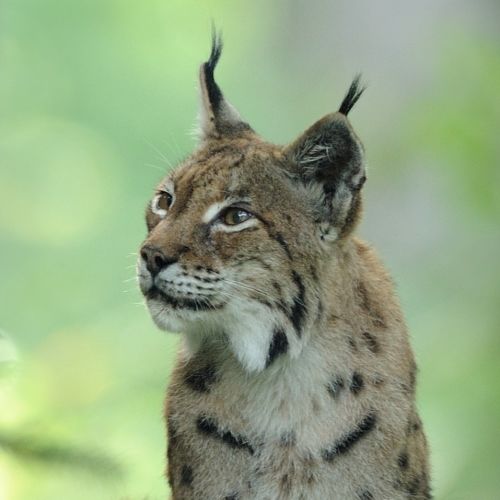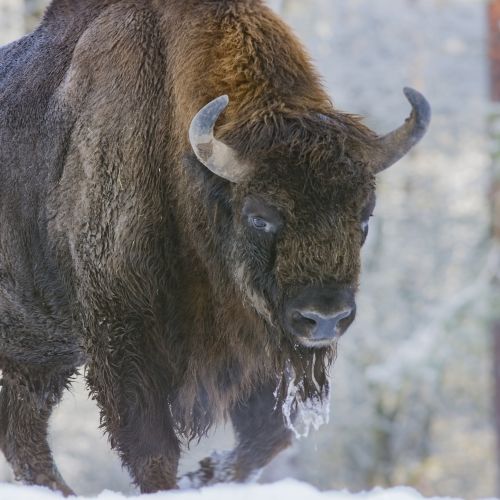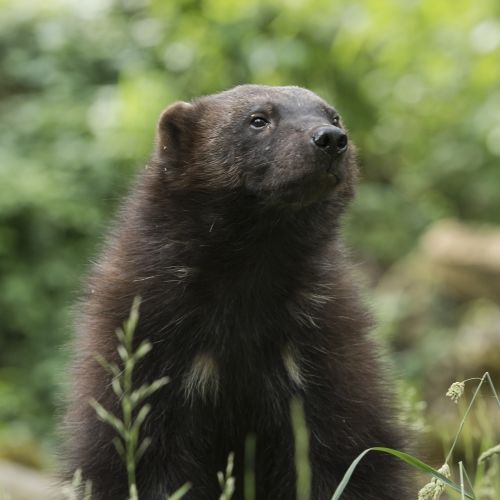The forest reindeer
Curls of mist gently caress the moss delicately coating a tree stump in the beech forest. The celestial light fleetingly illuminates the dark and mysterious forest's nooks and crannies. A reindeer slowly moves forward in this whispy cloud of mist and its slow movements disperses the fog into fanciful forms. It catches a glimpse of the moss it delights in eating, and with a gleeful caper dashes off to enjoy its fave food...
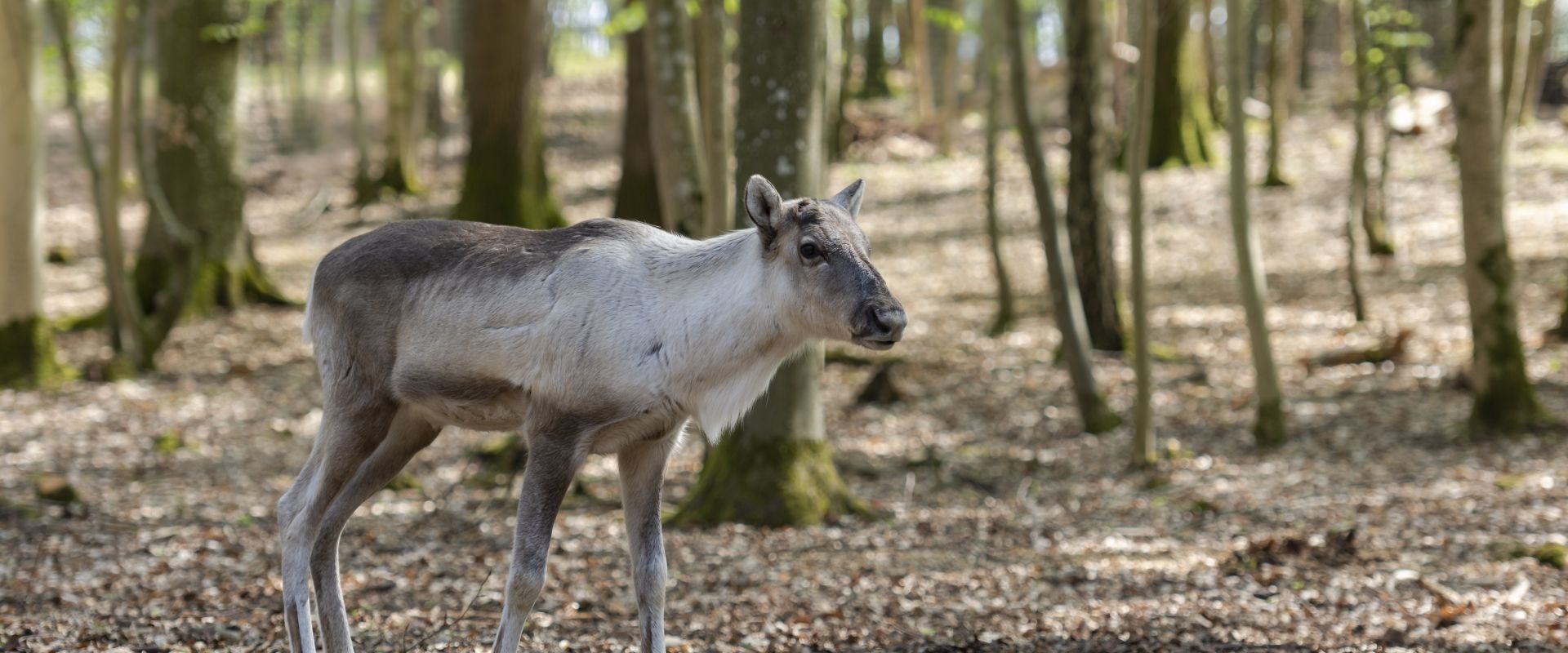
The Prince of the Tundra
The forest reindeer is an extremely ancient species that has roamed the earth since prehistoric times, several million years ago. It rubbed shoulders with mammoths and woolly rhinoceroses but, contrary to them, it managed to survived the climate changes that occurred during the Quartenary.
Nowadays, it populates a small number of Scandinavian and Karelian forests. Well adapted to extreme conditions, it can survive extreme cold and acute food shortage. Nonetheless, the reindeer migrates in the winter to travel towards southern lands. Its greatest predator is the wolf, who takes advantage of reindeer migration to follow the herd and hunt the reindeer.
Moss and lichen are among its favourite foods and the reindeer uses its hooves like shovels to dig the soil and snow to uncover its food.
The reindeer is a strong swimmer and a powerful runner, reaching a speed of up to 70 km/h when in danger. Nowadays, it is hunted and farmed for its meat and its fur. Sometimes domesticated, it is also used as a draught and pack animal.

Social life
The reindeer lives in herds, led by the male or female reindeer that has the largest antlers. During migration, the herds tend to grow considerably, sometimes even numbering over a 1.000 individuals!
Their mating season begins in the autumn. The males roar (or bellow) to intimidate their adversaries and to access as many females as possible. In the spring, after a 7 to 9 month gestation period, the female gives birth to a single calf. After only 3 days, the calf must be able to follow the rest of the herd.
Did you know that?
Both male and female reindeer carry antlers. The male reindeer loses them in the winter, while the female's antlers fall off in the spring. And: Santa's sleigh is pulled by an all-female reindeer crew!
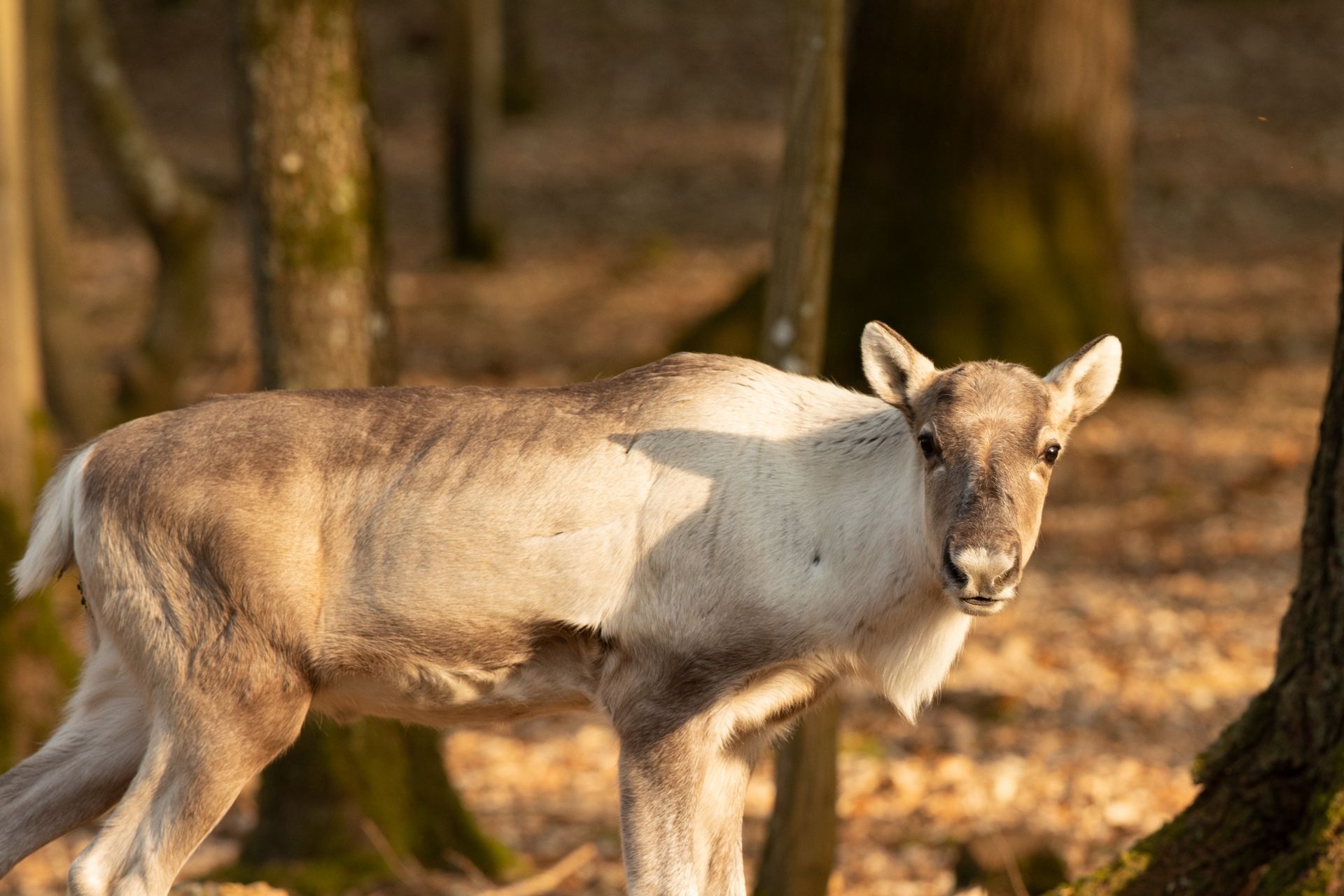
Discover the European Big 5
The bison, the wolverine, the wolf, the lynx and the brown bear
